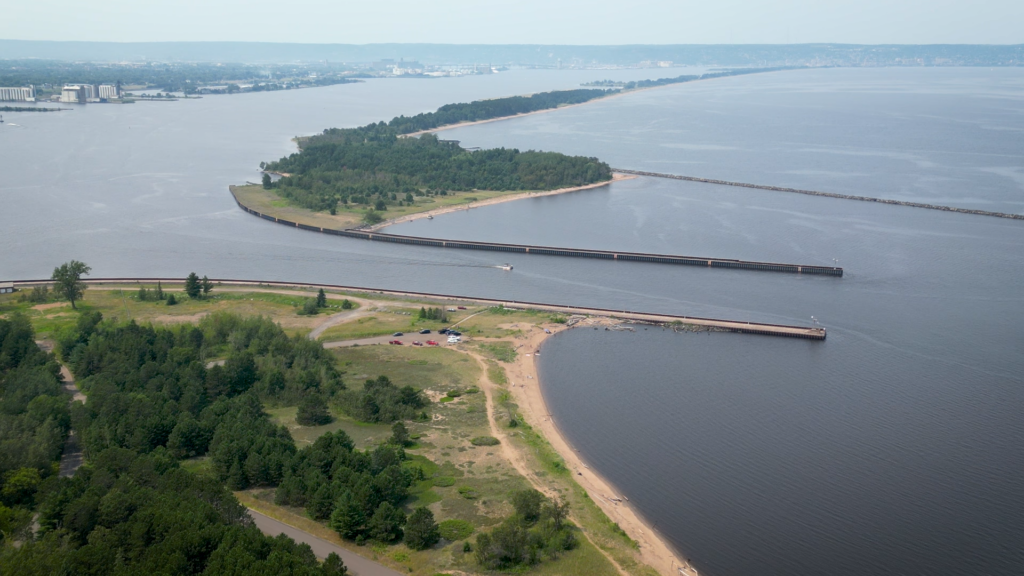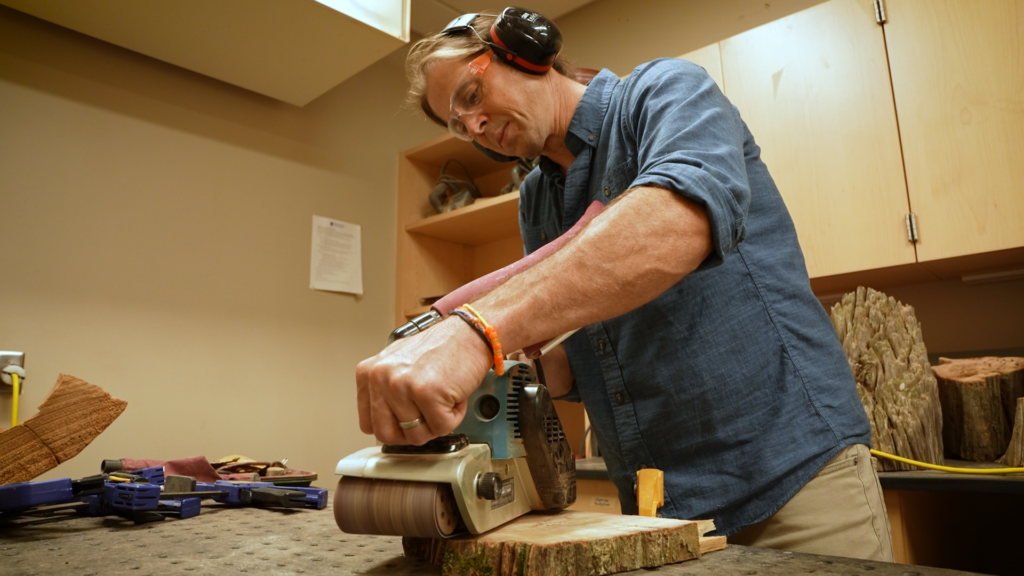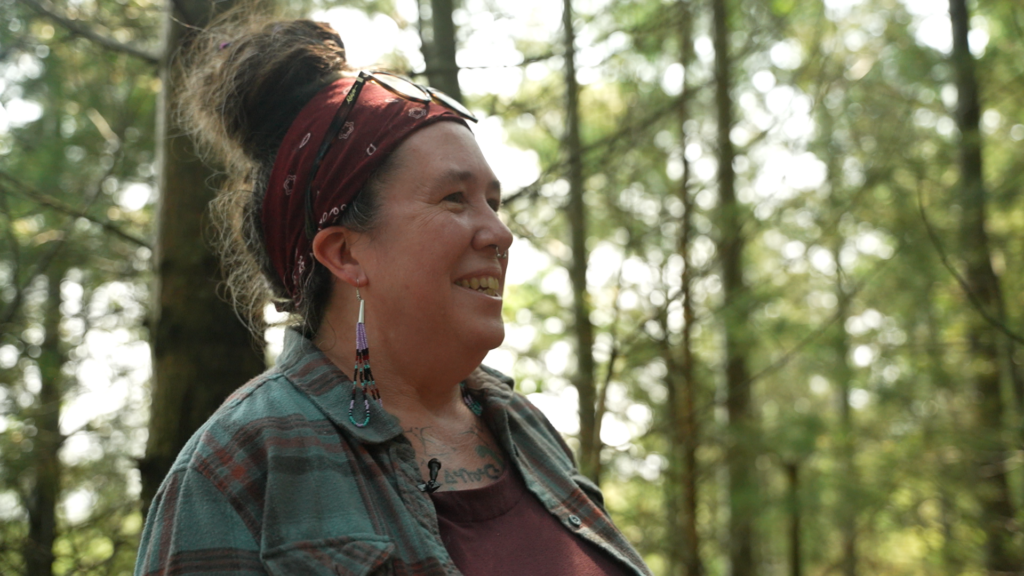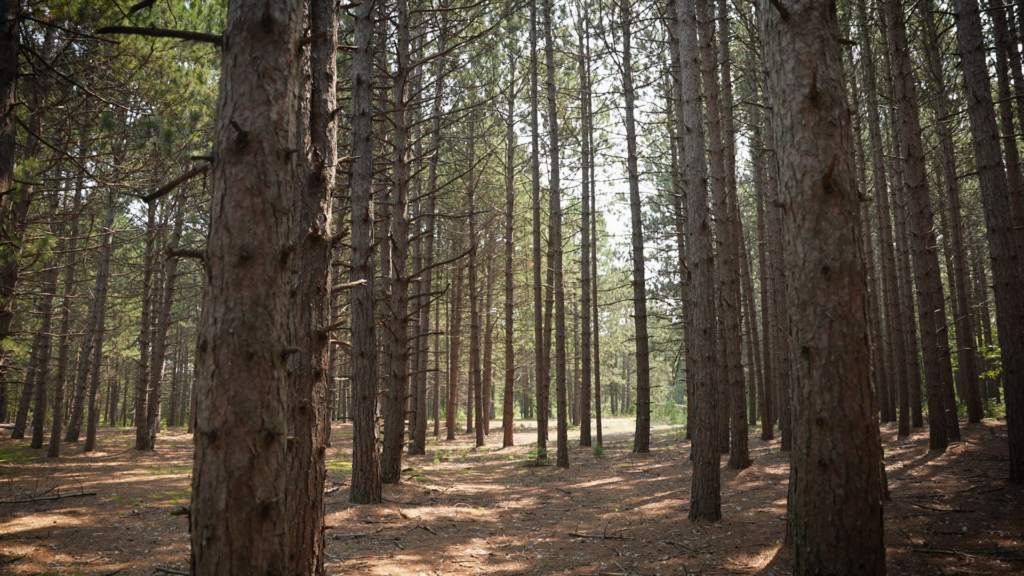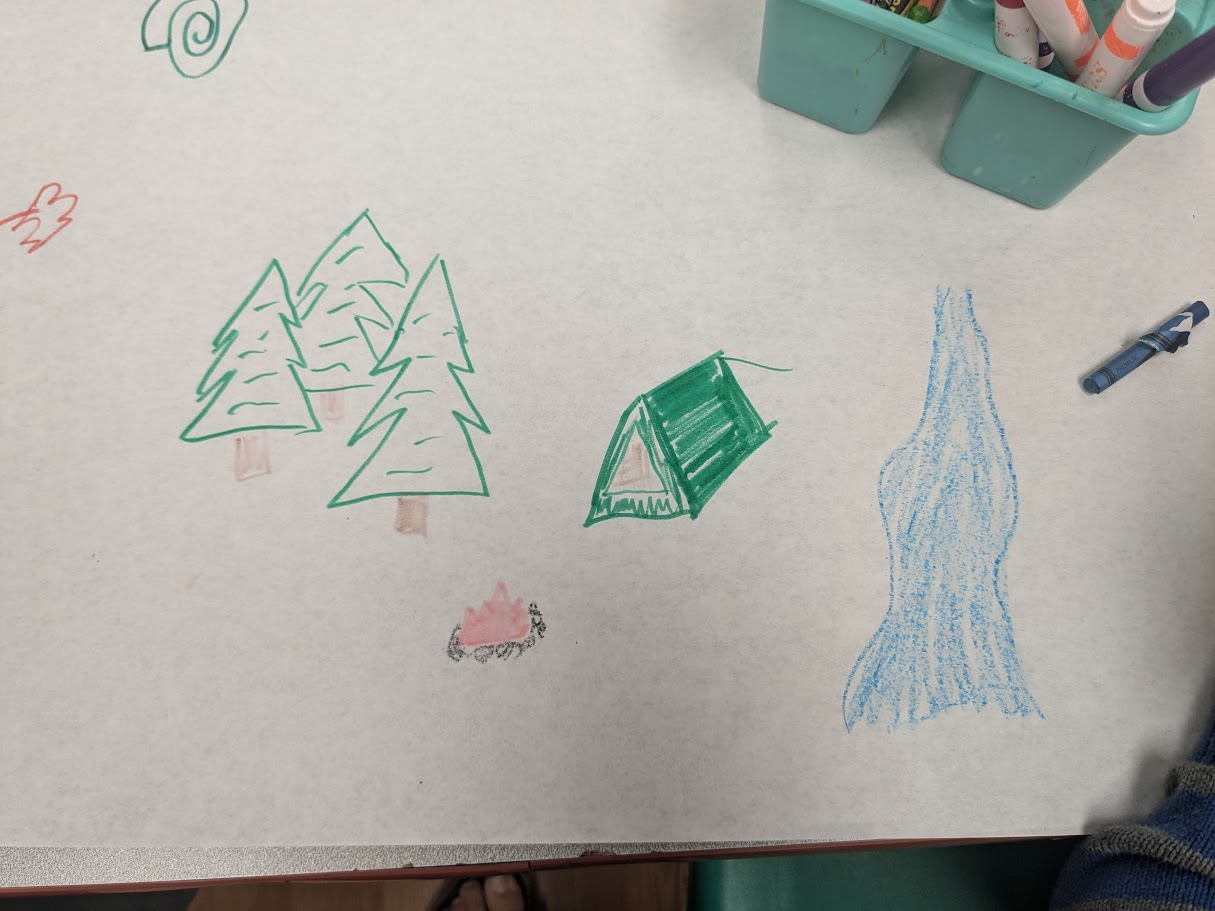Points North: My lakes are better than your lakes

By Daniel Wanschura
Points North is a biweekly podcast about the land, water and inhabitants of the Great Lakes.
This episode was shared here with permission from Interlochen Public Radio.
Minnesota is known as the “Land of 10,000 Lakes”.
Great Lakes Now
https://www.greatlakesnow.org/2025/05/points-north-my-lakes-are-better-than-your-lakes/


